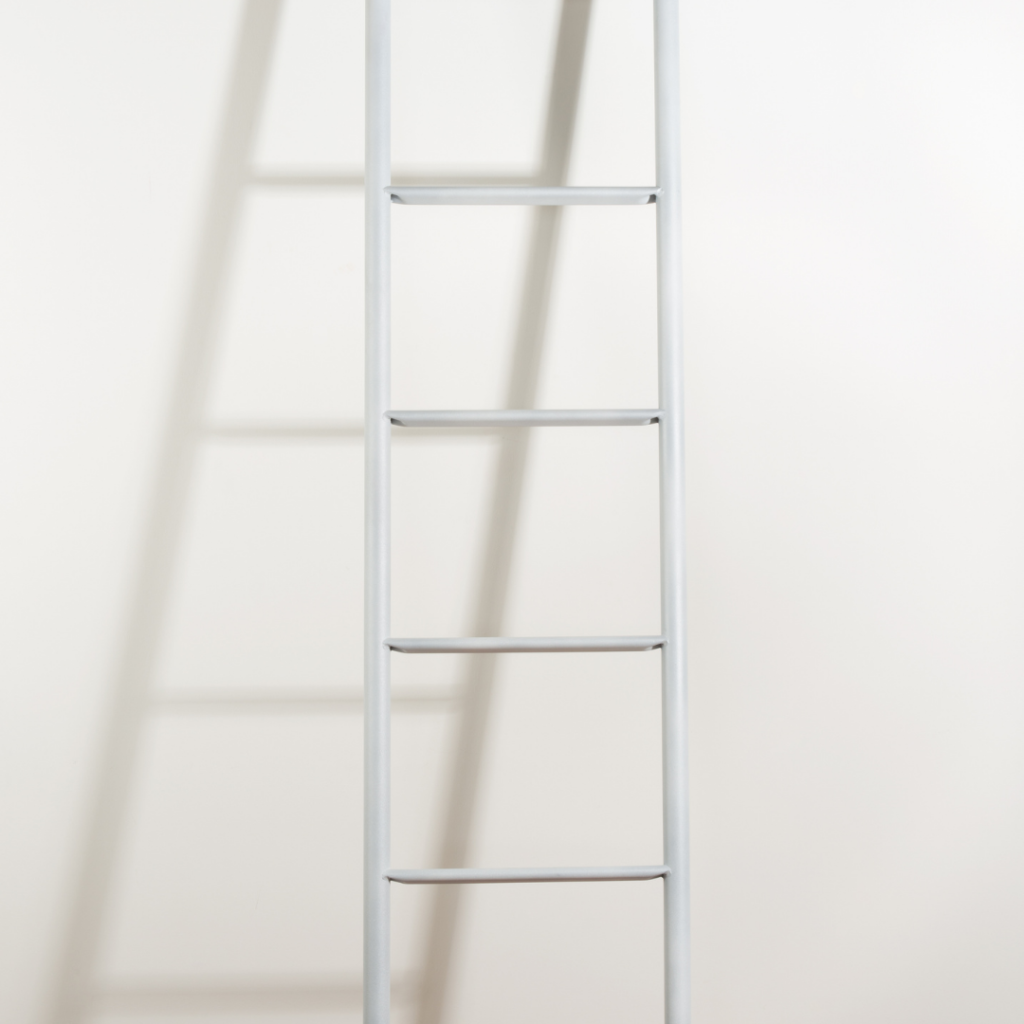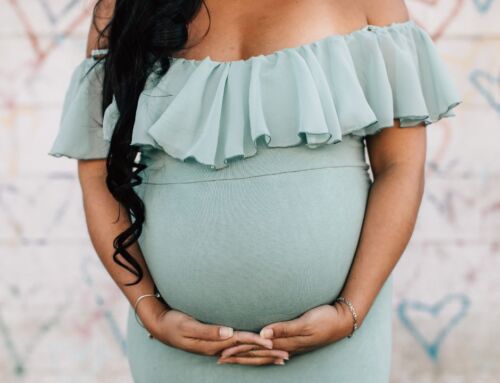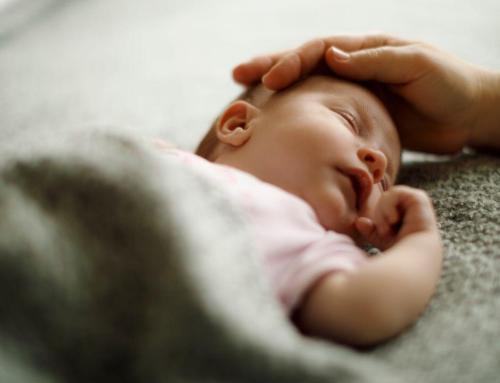Learning the Ladder: Which Level of Open Adoption is Right for You?
June 3, 2015

Adoption is a unique experience. Every individual has a somewhat different plan based on his or her needs and interests, but where openness is concerned, your adoption will fall into one of three categories: open, semi-open and closed. Of course, just giving them names does not make these categories any easier to define. Over the past 35 years of practicing open adoption, I’ve developed some ideas that might help you to begin understanding the bigger issues, deal with some of your fears about openness and point you in the right direction. Whether an adoption is semi-open, closed or fully open, they all have their own variations and levels.
What is Open Adoption?
Open adoption, in the broadest sense, is when biological family members and adoptive families have a direct experience of one another that deepens everyone’s compassion (versus having some intermediary always between them). In the “old days,” it was assumed that folks needed to be kept apart by social workers, lawyers, ministers, etc., but by the 1970s, adult adoptees were speaking out about what they needed growing up. Those adopted people made it clear that the unmet needs they had were not related to the love in their adoptive families, but came from not having basic information that their non-adopted peers could take for granted.
I was a young adoption practitioner at that time, and along with some colleagues, we began having birth parents and adoptive parents write, share photos and meet one another. More than three decades later, after many thousands of open adoptions and longitudinal research studies, it is still easy to misunderstand open adoption and become frightened – especially since TV and media constantly give the message that contact with bio family is, at best, confusing to the child, and at worst, dangerous to the adoptive family. Actually, it is neither of those things. I have found it easiest to explain by using the idea of a graduated ladder, but before I tell you about that, let me give you a brief guide to what open adoption is not.
Open adoption is not shared parenting. The child has everyday parents who enjoy and suffer all the things that parents get to enjoy and suffer. Open adoption does not reduce adoptive parents to babysitters or some type of foster parents. Open adoption does not confuse children (kids know who their families are – it’s the folks they live with). Open adoption does not prolong or somehow muddy the grieving process for the relinquishing parents – many birth parents can get stuck in denial for years. When seeing the child on a regular basis, they can’t stay stuck in that first stage of grief and are forced to move through the stages, process their emotions and therefore allow themselves to lead emotionally healthy lives. Open adoption does not create risk for adoptive parents or invite bio families to interfere in the family life of the adoptive clan.
The Open Adoption Ladder
The Open Adoption Ladder is designed to start at the bottom of the ladder and then move up as you go through the adoption process.
- Rung 1 – The expectant mother has the right to be treated like any other mother because she feels just like any other mother. She also has the same legal rights as any other parent. For example, naming the child on the original birth certificate, making decisions about birth plans, breast feeding, circumcision, etc.
- Rung 2 – Expectant parents have the right to choose the family who will raise their child. Prospective adoptive parents have the right to accept or step away from any particular case.
- Rung 3 – Phone contact, email, and meetings may begin during the pregnancy.
- Rung 4 – Joint discussion and decision-making about cooperating on contact during pregnancy and hospital time.
- Rung 5 – Sharing the birth and hospital time (perhaps being present for the birth).
- Rung 6 – Full disclosure of identifying information.
- Rung 7 – Ongoing contact, including deciding to hold continued meetings over the child’s life.

Why Open Adoption?
Research has shown that open adoption is in the best interest of the birth parents, the adoptive parents and the child. According to the Executive Summary from Evan B. Donaldson Adoption Institute, Openness in Adoption: From Secrecy and Stigma to Knowledge and Connection, “Youth in open adoptions have a better understanding of the meaning of adoption and have a more open communication about adoption with their adoptive parents.”
Open adoption was created, studied and improved in the early years in order to give children going through adoption what they need, when they need it, and to empower adoptive parents to help their children. Birth parents and their families benefit through knowing the child of their clan is parented in his or her new family with all the love, support and opportunities that they did not feel able to provide. It’s a win-win situation, but of course it’s still scary and there are many unknowns when you are starting down the path. That’s why it’s important to use an ethical, experienced agency like Adoption Advocates, where education and counseling are provided to all triad members over their lifelong journey in the adoption adventure. – we’d be happy to talk about openness or any other adoption matters.

Janie Cravens, LCSW-ACP
Janie Cravens has worked in the field of Child Welfare since 1979, focusing on adoption, infertility, birth parent concerns, orphanage life, child development and attachment. She was one of the pioneers of open adoption, and continues to be involved in the direct practice of this approach.
Cravens holds a Bachelor’s degree in Sociology and a Master’s degree in Social Work (received from The Worden School, OLLU, 1979) as well as the designation of Advanced Clinical Practitioner, Licensed Child Placing Agency Administrator, and CEU Grantor for the Texas State Board of Social Work Examiners.





